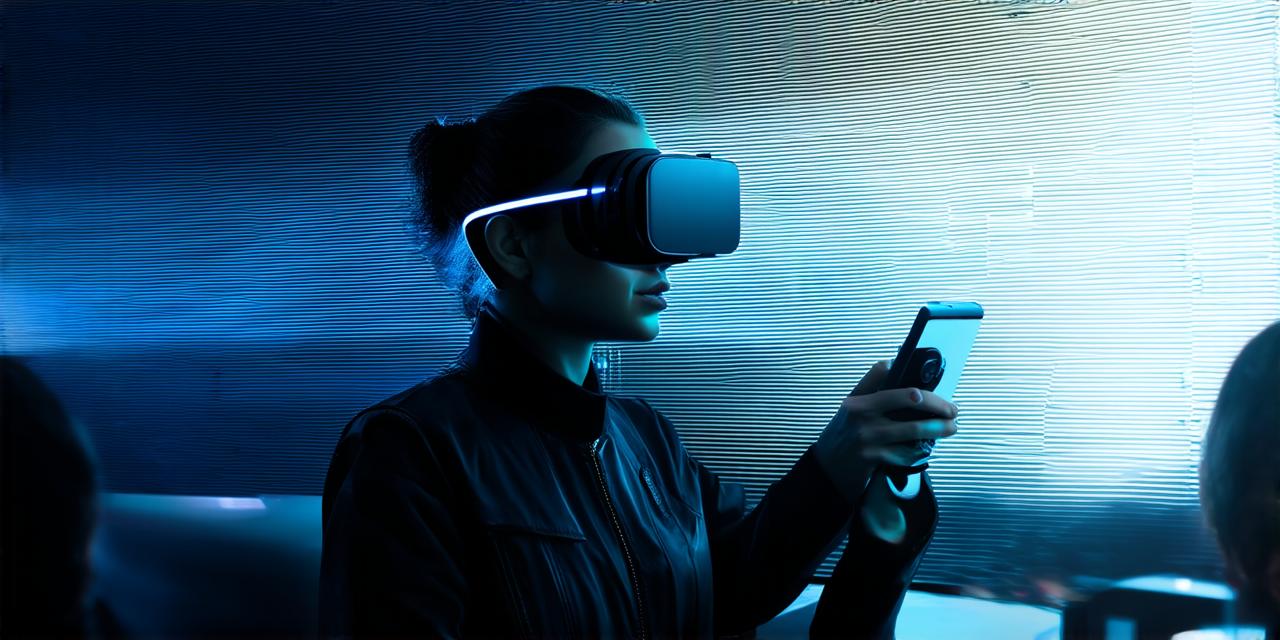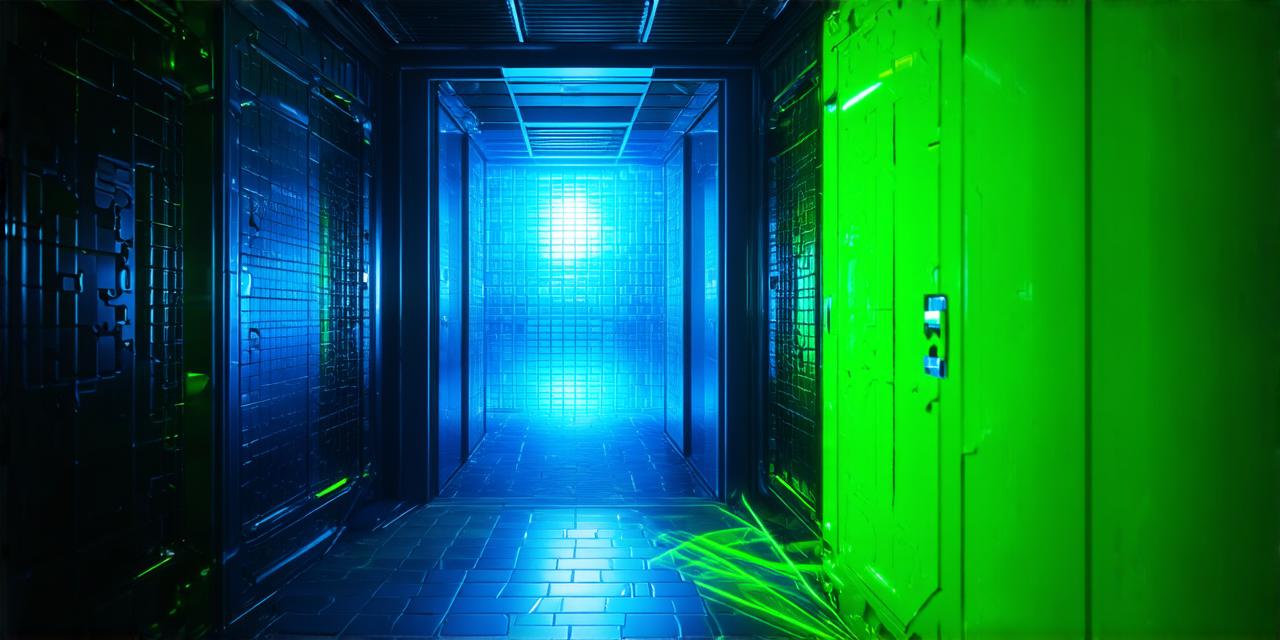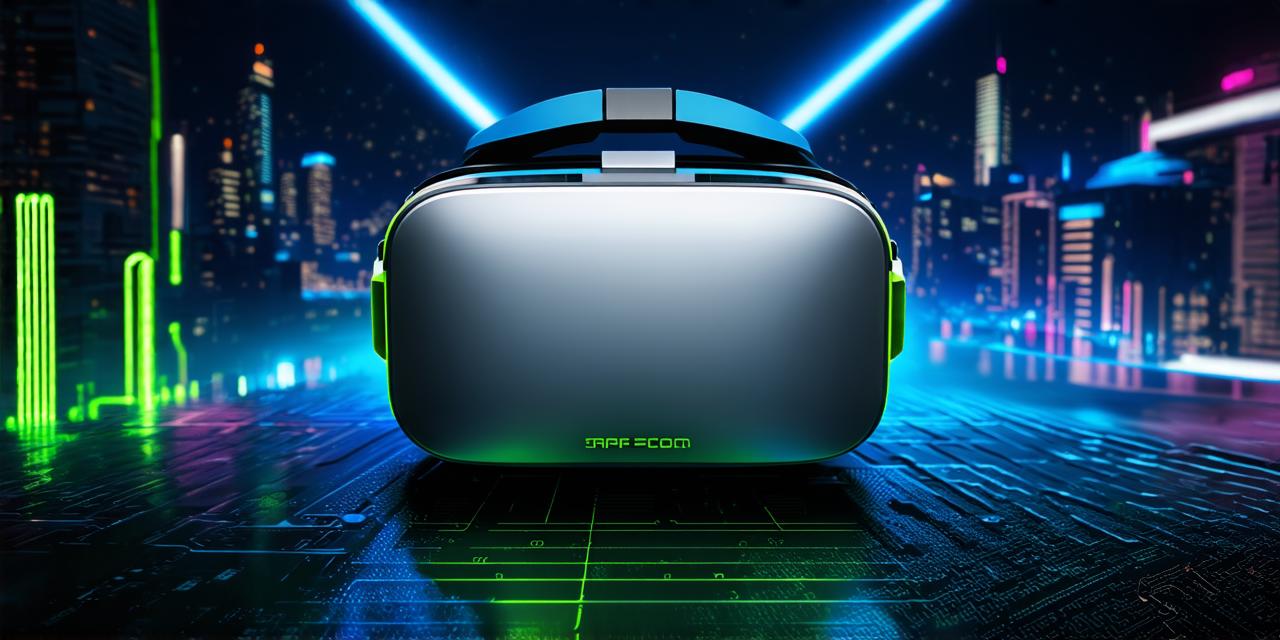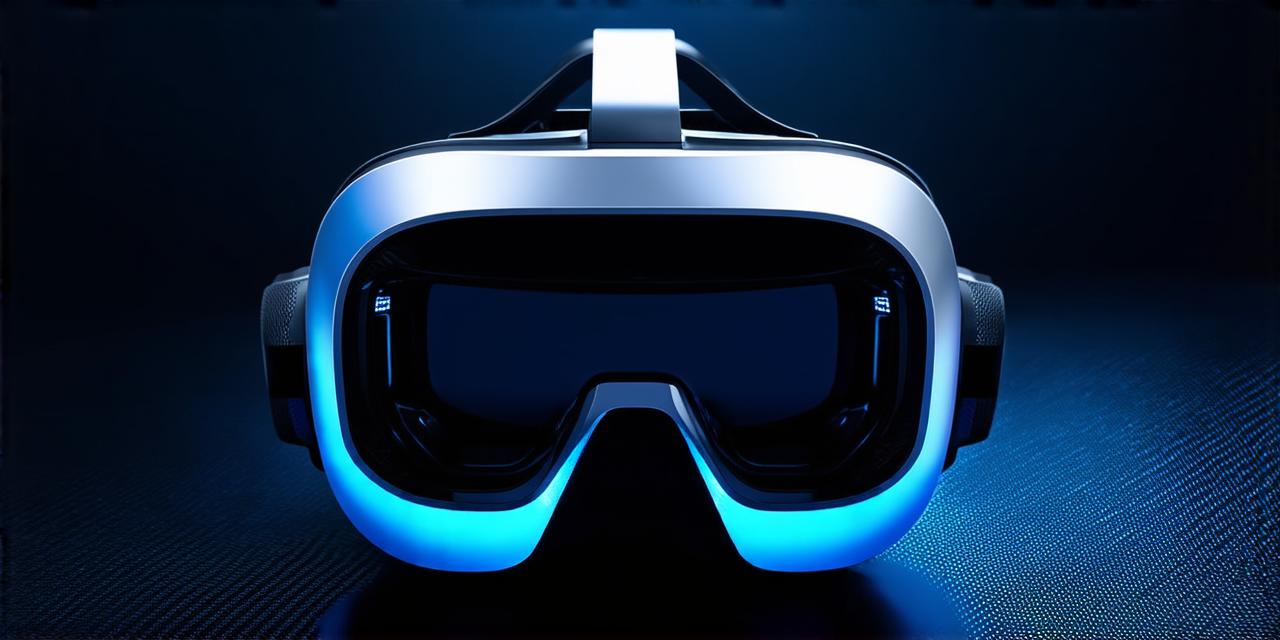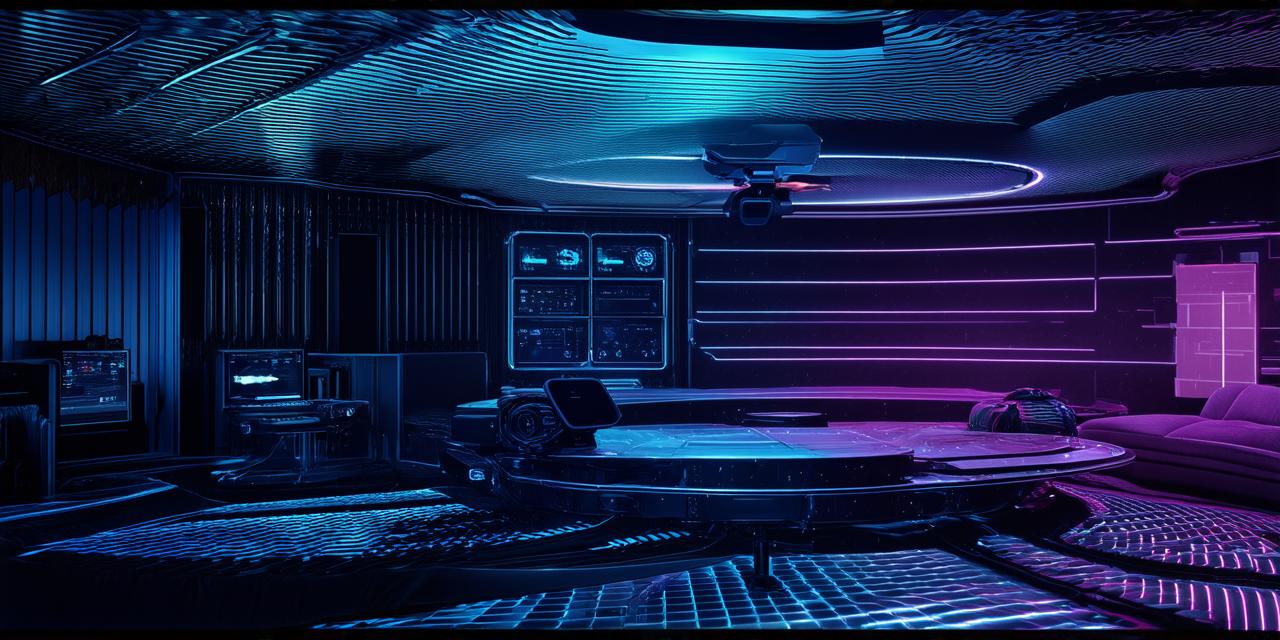Introduction:
The world of augmented reality (AR) and virtual reality (VR) is rapidly evolving, with new technologies emerging to enhance our experiences. One such technology is the Magic Leap 2, a device that allows for passthrough AR experiences. In this article, we will explore what distinguishes the Magic Leap 2 from traditional VR and passthrough VR, highlighting its unique features and benefits.

Magic Leap 2 vs Virtual Reality:
Virtual reality is a fully immersive experience that transports users into a digital environment. It typically involves the use of headsets or goggles to block out the real world and provide a 360-degree view of a virtual environment. This technology has been around for several years, with devices such as the Oculus Rift and HTC Vive gaining popularity in recent years.
While VR is effective for creating fully immersive experiences, it can be limiting in terms of real-world interaction. Users are completely cut off from their surroundings, which can make it difficult to interact with others or perform tasks that require a physical presence. This is where passthrough AR comes in.
Passthrough AR allows users to see the real world while overlaying digital information on top of it. The Magic Leap 2 takes this concept to the next level, allowing users to see their environment in real-time while also providing a variety of interactive experiences. For example, a user could wear the Magic Leap 2 headset while working on a project and see digital objects overlaid on top of their physical workspace.
Magic Leap 2 vs Passthrough Virtual Reality:
Passthrough virtual reality is similar to passthrough AR in that it allows users to see the real world while also providing a digital overlay. However, VR typically involves a more fully immersive experience, with users completely cut off from the real world. This can make it difficult to interact with others or perform tasks that require a physical presence.
In contrast, the Magic Leap 2 provides a more seamless integration of the real and digital worlds. Users can see their environment in real-time while also interacting with digital objects overlaid on top of it. This makes it easier to work in a mixed reality environment, where both the physical and digital world are present.
Benefits of the Magic Leap 2:
The Magic Leap 2 offers several benefits that set it apart from traditional VR and passthrough VR devices. Some of these benefits include:
- Improved real-world interaction: The ability to see both the physical and digital world makes it easier to interact with others in a mixed reality environment. This can be particularly useful in industries such as architecture, where designers need to work closely with clients and stakeholders to create accurate models of their projects.
- Increased productivity: By allowing users to see their environment in real-time while also providing interactive digital experiences, the Magic Leap 2 can increase productivity by enabling users to complete tasks more quickly and efficiently. This can be particularly useful for industries such as manufacturing, where workers need to perform complex tasks with precision and accuracy.
- Enhanced training and education: The Magic Leap 2 can provide a more immersive learning experience, allowing students to interact with digital objects in a way that is not possible with traditional VR or passthrough VR devices. This can be particularly useful for industries such as healthcare, where hands-on training is essential for medical professionals to perform their jobs effectively.
Case Studies:
There are several real-life examples of how the Magic Leap 2 has been used in various industries to improve productivity and enhance the user experience. Some of these case studies include:
- Architecture: In a study by the University of Central Florida, architects who used the Magic Leap 2 to design and visualize their projects were able to complete tasks more quickly and with greater accuracy than those who used traditional VR or passthrough VR devices. This was due to the ability to see both the physical and digital world, allowing for better communication between designers and clients.
- Manufacturing: A study by GE Appliances found that workers who used the Magic Leap 2 to perform complex tasks were able to complete their work more quickly and with greater accuracy than those who used traditional VR or passthrough VR devices. This was due to the ability to see both the physical and digital world, allowing for better visualization of the manufacturing process.
- Healthcare: In a study by the University of Illinois at Urbana-Champaign, medical students who used the Magic Leap 2 to perform hands-on training were able to complete tasks with greater accuracy and speed than those who used traditional VR or passthrough VR devices. This was due to the ability to interact with digital objects in a way that is not possible with traditional VR or passthrough VR devices.
Expert Opinions:
There are several experts in the field of augmented reality and virtual reality who have provided insights into the differences between the Magic Leap 2, VR, and passthrough VR. Some of these experts include:
- Robert Scoble: A well-known technology journalist and commentator, Scoble has been an advocate for AR and VR technologies. He believes that the Magic Leap 2 offers a more seamless integration of the physical and digital world, allowing users to interact with both in a way that is not possible with traditional VR or passthrough VR devices.
- John Carmack: The co-founder of id Software and the lead developer behind the Doom and Wolfenstein franchises, Carmack believes that the Magic Leap 2 offers a unique advantage over traditional VR and passthrough VR devices due to its ability to provide a more immersive experience without completely cutting users off from the real world.
- Nate Mitchell: The co-founder and CEO of Oculus, Mitchell believes that the Magic Leap 2 offers a more practical solution for industries such as manufacturing and healthcare, where workers need to interact with both the physical and digital world in order to perform their jobs effectively.
Summary:
In conclusion, the Magic Leap 2 offers several unique advantages over traditional VR and passthrough VR devices. Its ability to provide a more seamless integration of the physical and digital world makes it easier for users to interact with both in a way that is not possible with traditional VR or passthrough VR devices. This, combined with its ability to enhance productivity and provide a more immersive learning experience, makes it an attractive option for industries such as architecture, manufacturing, and healthcare.
FAQs:
1. What is the difference between VR, AR, and passthrough VR?
VR is a fully immersive experience that transports users into a digital environment. AR overlays
